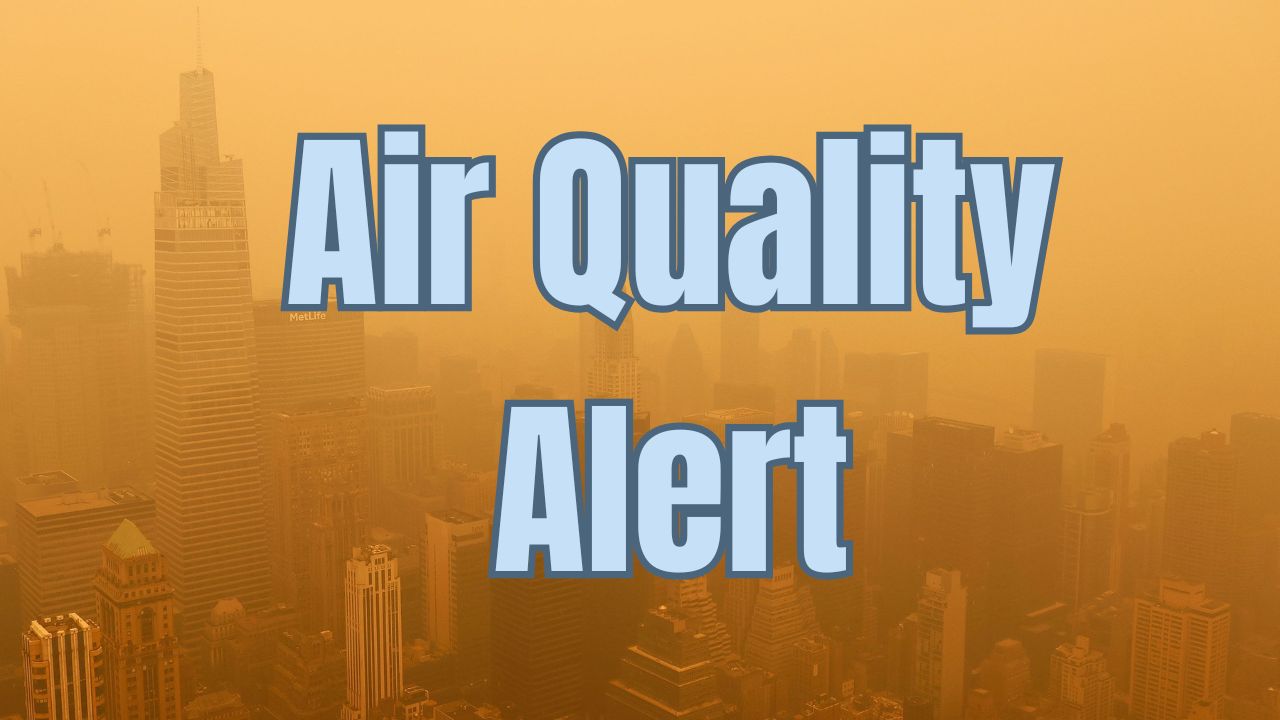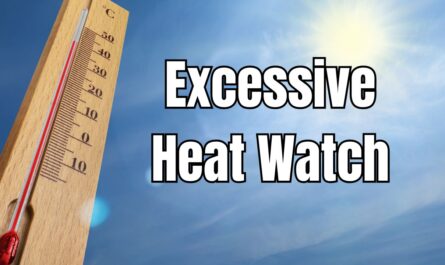Fresno, CA – The relentless Garnet Fire continues to pose a significant threat across California and Nevada as smoke from the wildfire has caused hazardous air quality alerts in multiple regions. Originating from a lightning strike on August 24 near Fresno, the fire has expanded rapidly, engulfing over 54,000 acres and is currently 14% contained despite the tireless efforts of firefighting teams.
Smoke plumes are not merely local concerns; they have traveled into Yosemite National Park and even reached as far as Hawthorne, Nevada, where the air quality has severely deteriorated to a “Hazardous” level—the worst possible rating. This alarming condition poses health risks not only to vulnerable groups but to all individuals in the affected areas.
The Spread and Impact of the Garnet Fire Smoke
Since the fire’s inception following multiple lightning strikes amid dry conditions, the resulting dense smoke has triggered advisories across wide swaths of California and Nevada. These include:
- Mammoth Lakes
- Coleville
- Bridgeport
- Lee Vining
- Yosemite National Park
- Hawthorne, Nevada
The Dense Smoke Advisory warns of significantly reduced visibility, sometimes reaching below one mile, which presents serious safety concerns for drivers in the region.
Read Also: Arizona Town of Wenden Sinks Nearly 3 Inches Per Year Amid Fierce Fight for Groundwater
Understanding the Air Quality Crisis
According to the U.S. Environmental Protection Agency, wildfire smoke behaves uniquely due to the heat it emits. As stated in their release:
“The intense heat generated by an active wildfire drives smoke high into the air where it remains until it cools and begins to descend. As smoke moves downward to ground level, it becomes more diluted and often more widespread.”
This means that while smoke initially rises, prevailing conditions cause it to settle at ground level, significantly impacting air quality across large areas.
The National Weather Service has emphasized that air quality will likely remain poor until either wind conditions shift or containment efforts improve substantially.
The Broader Health Implications and Response Efforts
Exposure to hazardous smoke can lead to severe health complications, especially for individuals with existing respiratory problems. The National Weather Service estimates that poor air quality contributes to over 100,000 premature deaths annually in the United States, underscoring the gravity of the situation.
Firefighters and emergency personnel continue their around-the-clock work to control and contain the fire, but the dry conditions and ongoing lightning threats complicate suppression efforts.
For additional details and updates on the Garnet Fire and air quality alerts, visit Fox Weather’s coverage.
What Residents and Visitors Should Know
- Wear masks capable of filtering particulates when outdoors.
- Limit outdoor activities, particularly for children, the elderly, and those with respiratory illnesses.
- Stay informed through local air quality reports and advisories.
- Exercise caution when driving due to reduced visibility caused by smoke.
- Prepare for possible evacuation orders if conditions worsen.
What do you think about this hazardous air quality situation caused by the Garnet Fire? Have you experienced the effects of smoke from wildfires in California or Nevada? Share your thoughts and experiences in the comments below!


 by
by 

